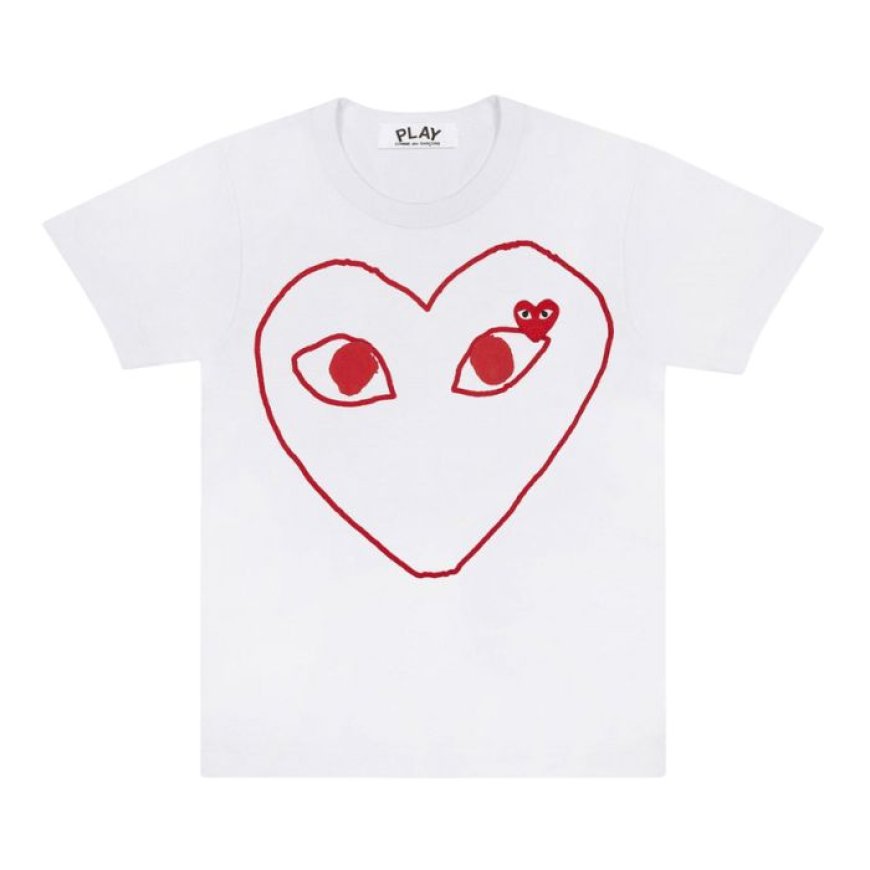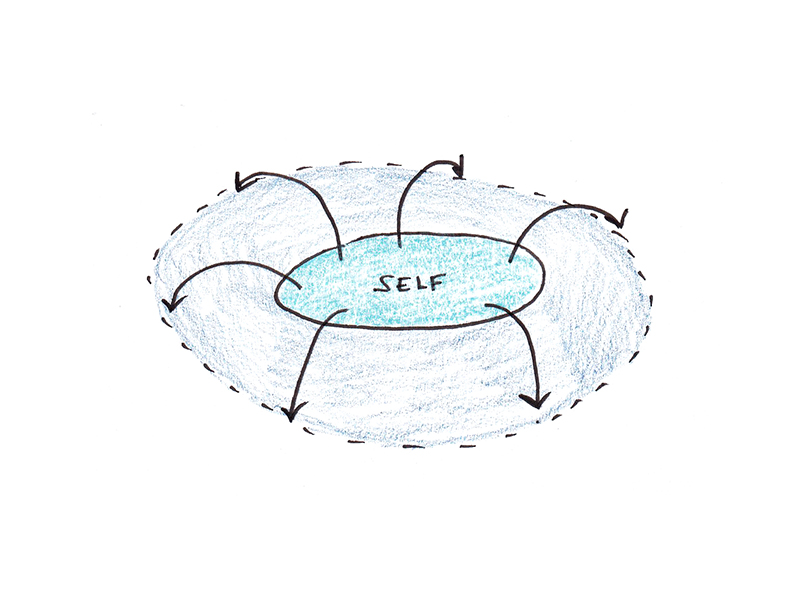How Comme des Garçons Inspires Designers
Comme des Garcons redefines how streetwear meets luxury, offering everything from classic outerwear and cozy knits to stylish CDG hoodies and tailored trousers for a complete look.

Fashion’s Most Elusive Muse
Rei Kawakubo doesn’t speak through interviews—she speaks through shockwaves. Her work under the Comme des Garçons banner has long escaped the confines of traditional fashion narratives. Instead of designing to flatter, she designs to provoke. Her garments don’t always beautify the body—they often obscure it, distort it, rebuild it.
This defiance is her power. And for designers around the world, she’s more than a legend—she’s a living thesis on creative courage.
Deconstruction as a Blueprint
Before the buzzword took hold of the industry, Comme des Garçons was already unmaking clothing from the inside out. Jackets with inside seams exposed. Shirts with multiple collars. Dresses that seem to have been stitched in reverse. This wasn’t design gone wrong—it was design gone radical.
For generations of young designers, this approach unlocked new vocabulary. No longer did garments need to be polished, finished, or symmetrical. Comme taught them that a raw edge could be revolutionary, and that dismantling was a form of constructing something new.
Challenging the Gender Binary in Design
Long before genderless collections were marketable trends, Kawakubo was questioning why fashion had to bow to binary rules. Comme silhouettes aren’t overtly masculine or feminine—they are simply forms, vessels of expression that reject social shorthand.
Designers now echo this ideology in unisex capsules and fluid silhouettes. The idea that a suit can belong to no one—or to everyone—comes straight from the playbook of CDG. Kawakubo didn’t just blur the lines—she dissolved them.
Narrative-Driven Collections
Comme des Garçons collections aren’t seasonal—they’re statements. Each one tells a story, often abstract, sometimes unsettling. A collection might explore grief. Another might wrestle with ideas of rebirth, beauty, or distortion. The runway becomes a performance stage, and the clothing becomes characters.
This emphasis on concept has deeply influenced designers like Iris van Herpen, Craig Green, and Marine Serre. Fashion, thanks to Comme, can be an essay. A painting. A dream made tangible in fabric.
Minimalism vs. Maximalism: The Balance of Extremes
Comme doesn’t sit in one aesthetic camp. One season might be sculptural chaos, all bulbous forms and wild layering. The next, it’s stark and severe, black lines on black silhouettes. This oscillation teaches designers that they aren’t trapped by one vision. They can toggle between restraint and excess.
Kawakubo shows that embracing opposites isn’t indecisive—it’s dynamic. Inspiration doesn’t have to be linear. It can loop, snap, twist, and unravel.
Independent Spirit: Business as Rebellion
Kawakubo built not just a brand, but a philosophy of independence. She’s turned down major conglomerate buyouts. She doesn’t conform to fashion week’s rigid rules. Comme has never relied on trend forecasting. It creates its own climate.
This self-reliant spirit has emboldened a new generation of designers to protect their vision. Labels like Telfar, Eckhaus Latta, and Chopova Lowena mirror this ethos—art before algorithm, soul before strategy.
Global Ripple Effect: CDG’s International Influence
While born in Tokyo, Comme des Garçons now resonates globally. London’s underground fashion scenes borrow heavily from its punk-meets-purity aesthetic. In New York, stylists draw on its disruptive DNA to build runway moments. In Seoul and Berlin, boutiques stock CDG not just as clothing, but as cultural artifacts.
This ripple effect isn't just visual. It’s psychological. Designers worldwide look to Kawakubo not for templates, but for permission—to question, to resist, to reinvent.
Legacy Through Collaboration
Whether it’s a playful Converse sneaker or a wild Supreme collab, Comme’s partnerships are never just product drops. They are dialogues. These collaborations open doors to younger audiences while transmitting Kawakubo’s philosophy into unexpected arenas—skate culture, sportswear, tech, and even fragrance.
Each collaboration carries a spark, often lighting the creative fires of yet another generation of designers. CDG’s legacy is not a closed loop. It’s a living network, always expanding, always mutating.
Comme des Garçons doesn’t inspire through instruction. It inspires through disruption. It hands designers a pair of shears and dares them to cut through convention. Through its raw seams, ghostly silhouettes, and unwavering commitment to artistic autonomy, it has become not just a brand, but a creative compass. And for designers everywhere, that compass continues to point toward possibility.












































































































![Building A Digital PR Strategy: 10 Essential Steps for Beginners [With Examples]](https://buzzsumo.com/wp-content/uploads/2023/09/Building-A-Digital-PR-Strategy-10-Essential-Steps-for-Beginners-With-Examples-bblog-masthead.jpg)












































